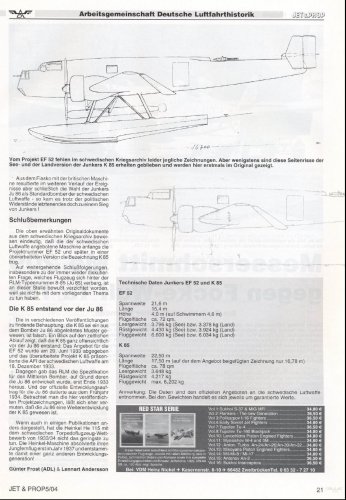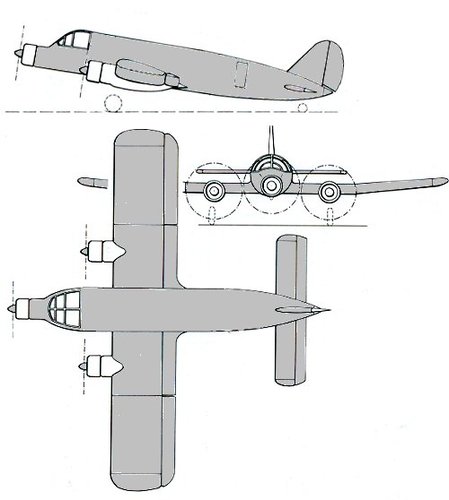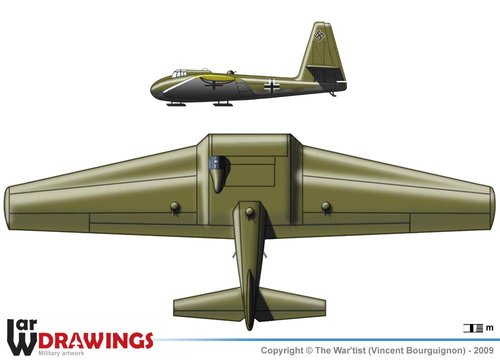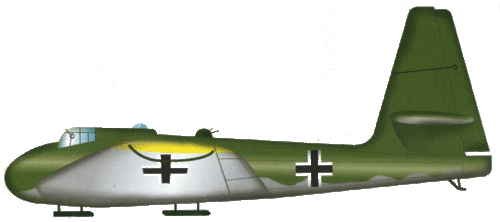EF 17 : Single-engined, three-seat multirole military aircraft with a BMW VI,
later a Junkers L55 engine, realised as A 32/ K 39.
EF 24 : Single-engined fighter, realised as A 48 / K 47
EF 29

roject number of the high-altitude aircraft Ju 49
EF 30 : Used as project number for the modified G 24 as a single engined freighter.
In "Hugo Junkers - Pionier der Luftfahrt" by Wolfgang Wagner EF 30 is mentioned
as the later Ju 52/1m and as pre-design to the Ju 60, but for the latter relation,
only one hand written note with comparisons of several pre-designs, without
explicit mentioning of the Ju 60.
EF 31 : The later sports aircraft A 50 "Junior"
EF 34 : 3 to 4 seat "air limousine", single-engined light transport, mardon shaftsentioned 3rd of October 1929,
project only
EF 37 : twin (?) engined military aircraft, props driven by cardan shafts, proposed in 1930, project only, no
further information.
EF 48 : Twin engined military multirole military aircraft, successor to the K 37, mentioned in 1933, project only.
EF 49 : Twin engined successor to the Ju 52 mentioned in 1933.






